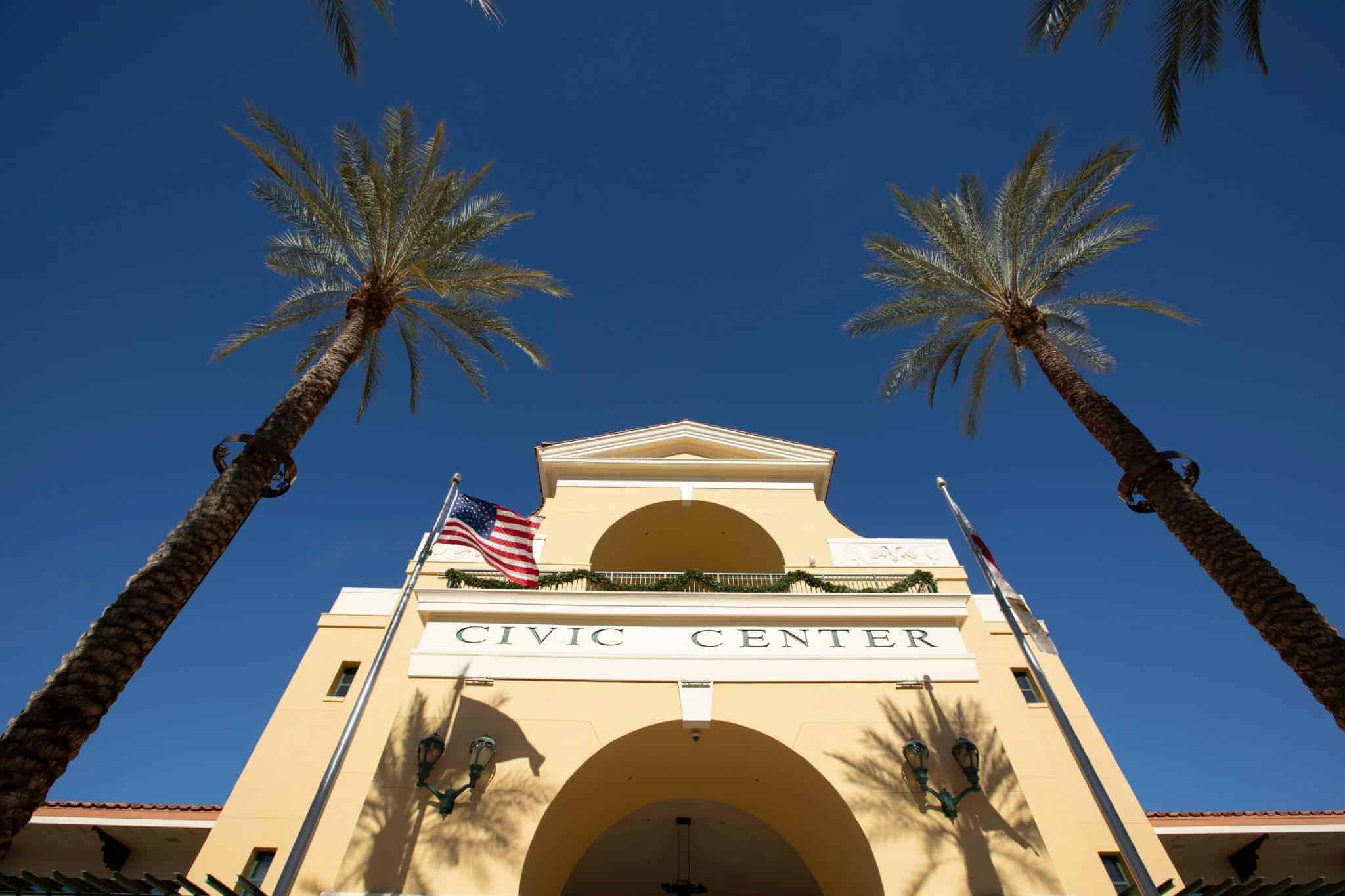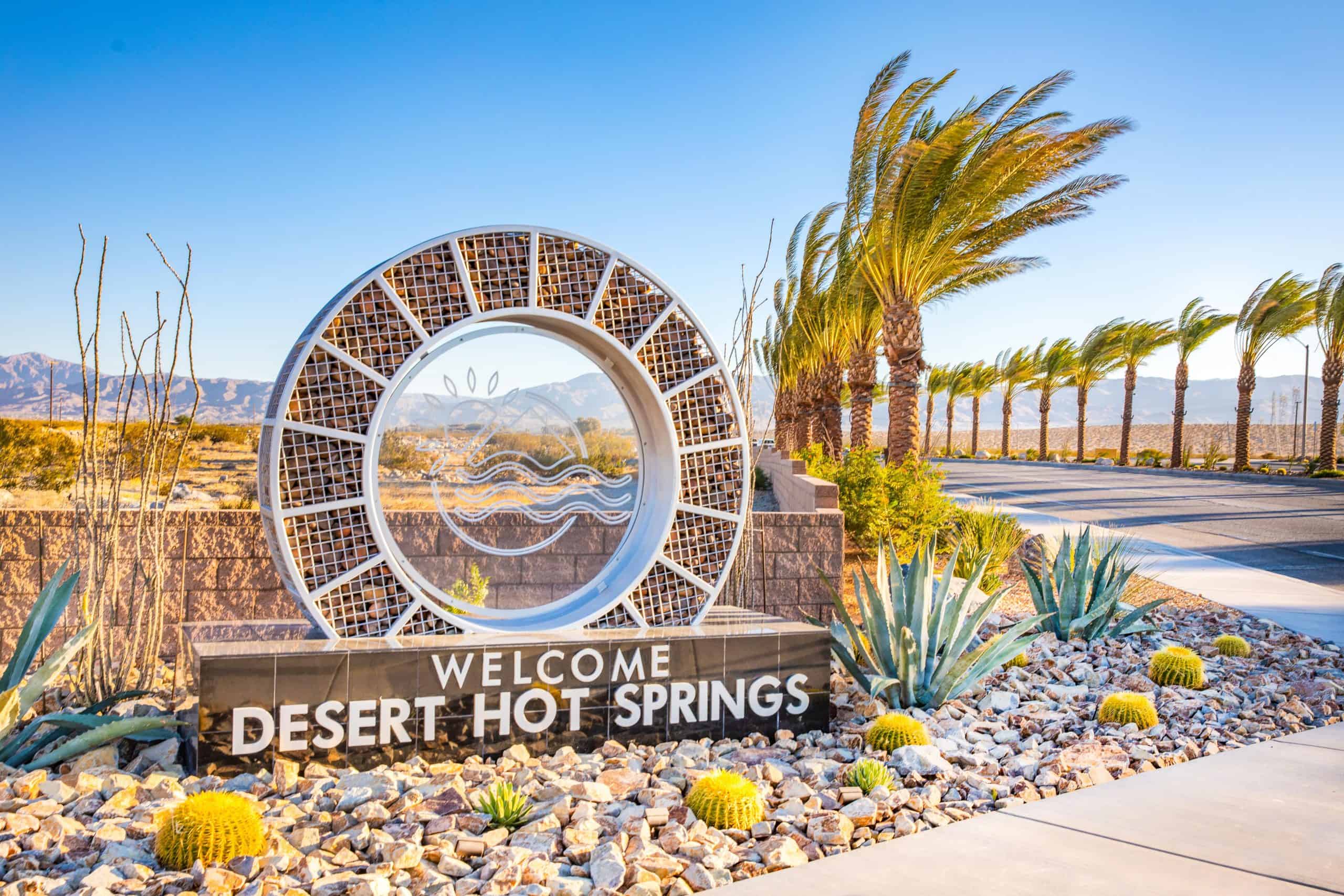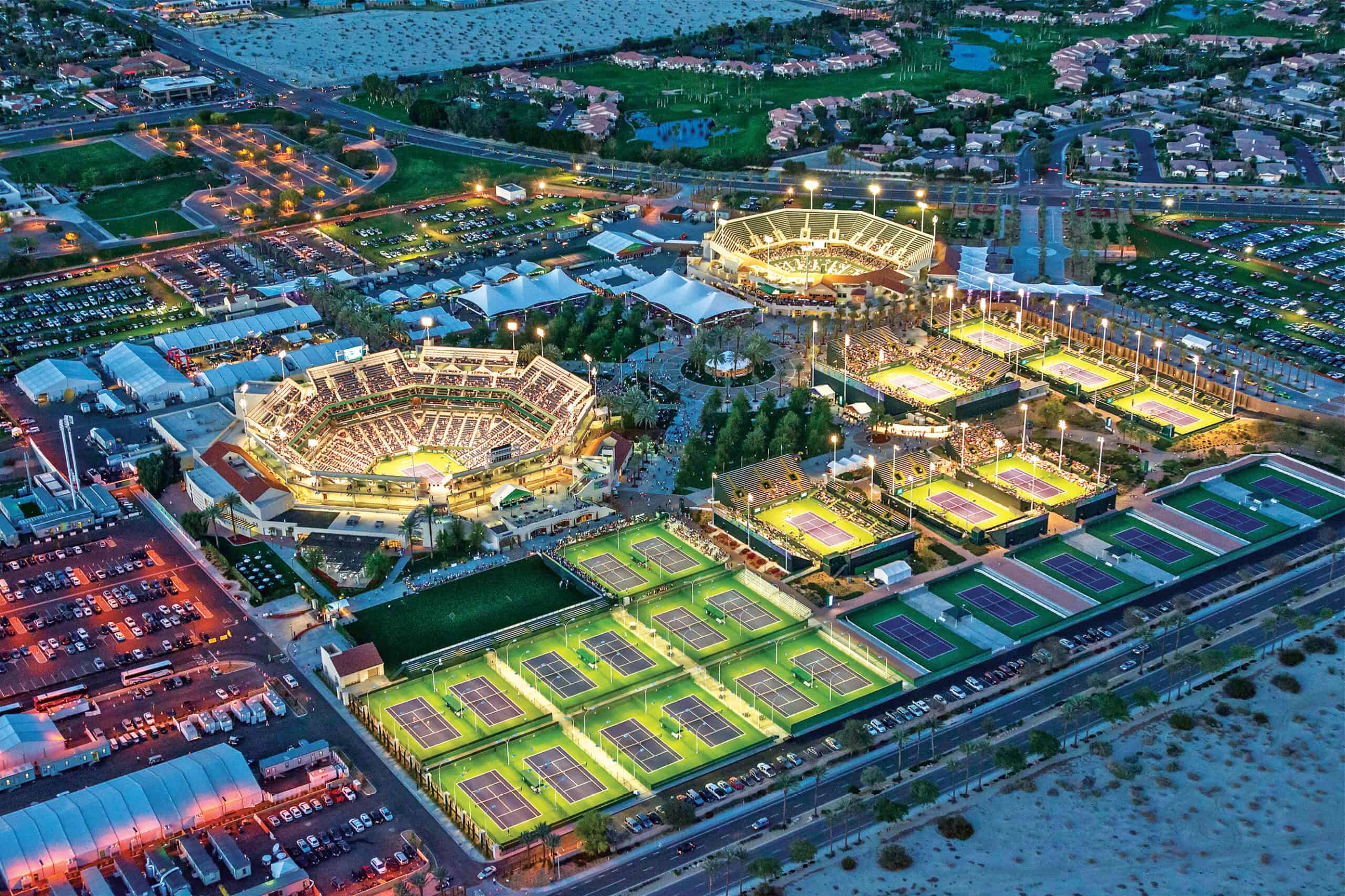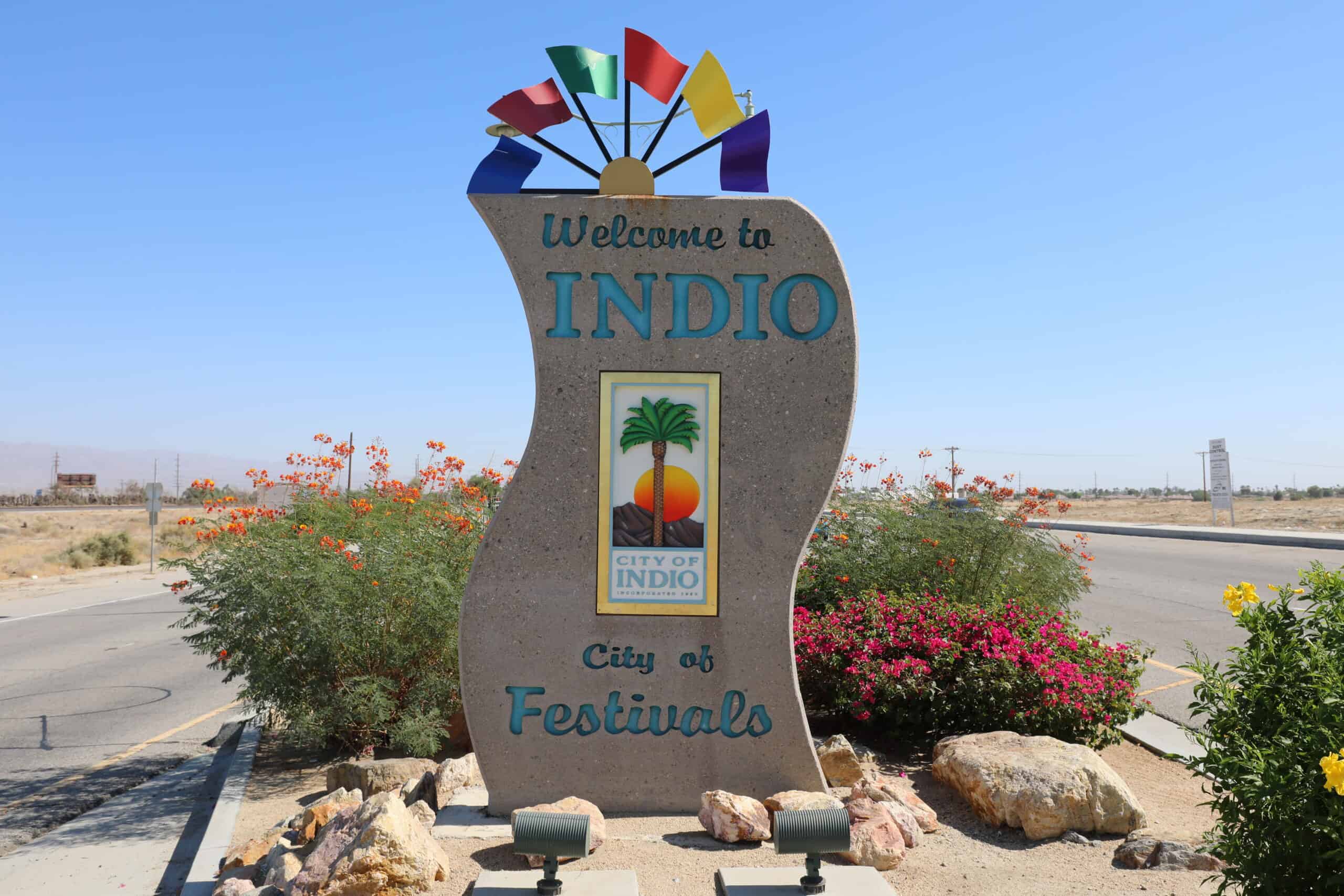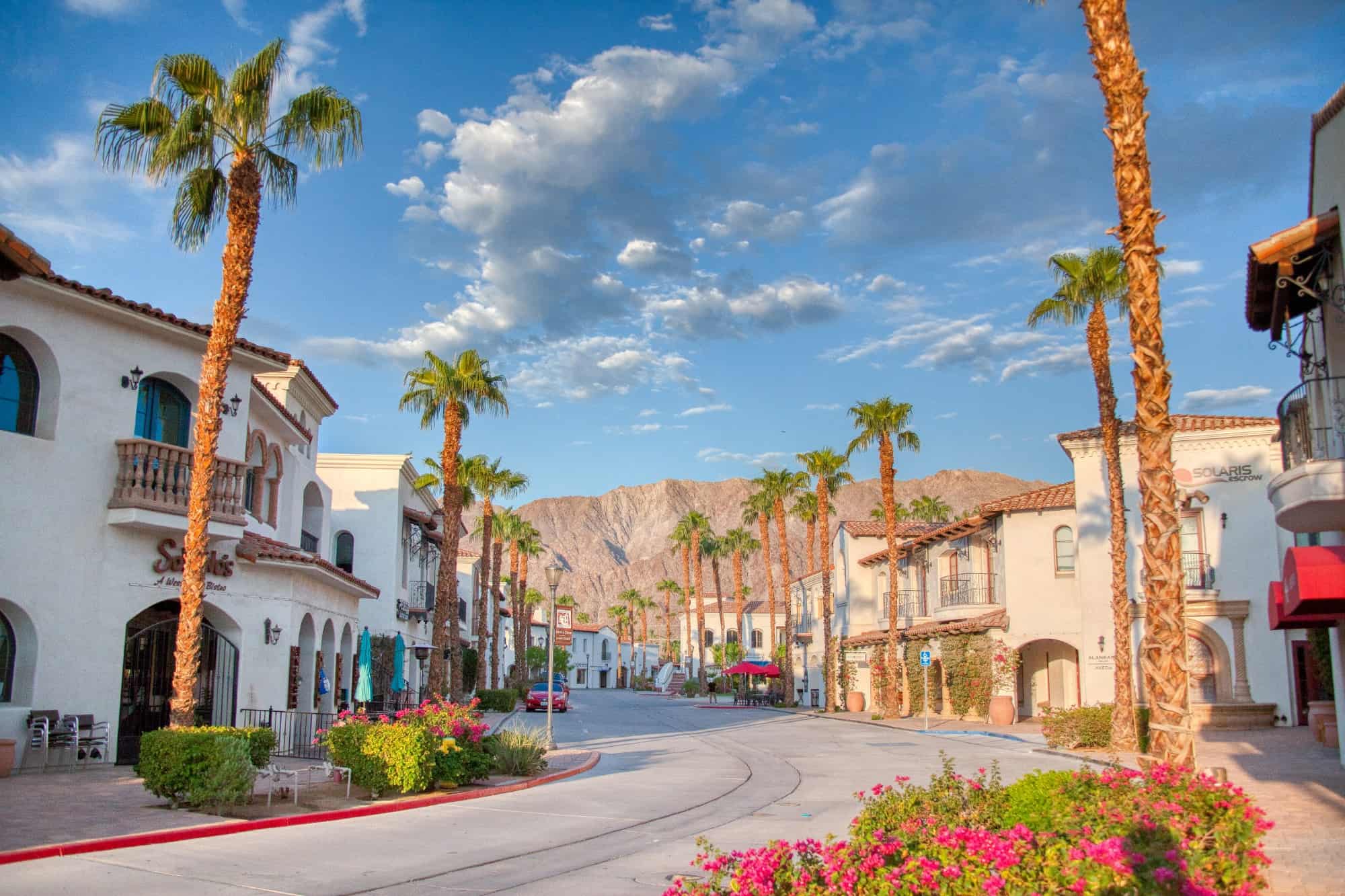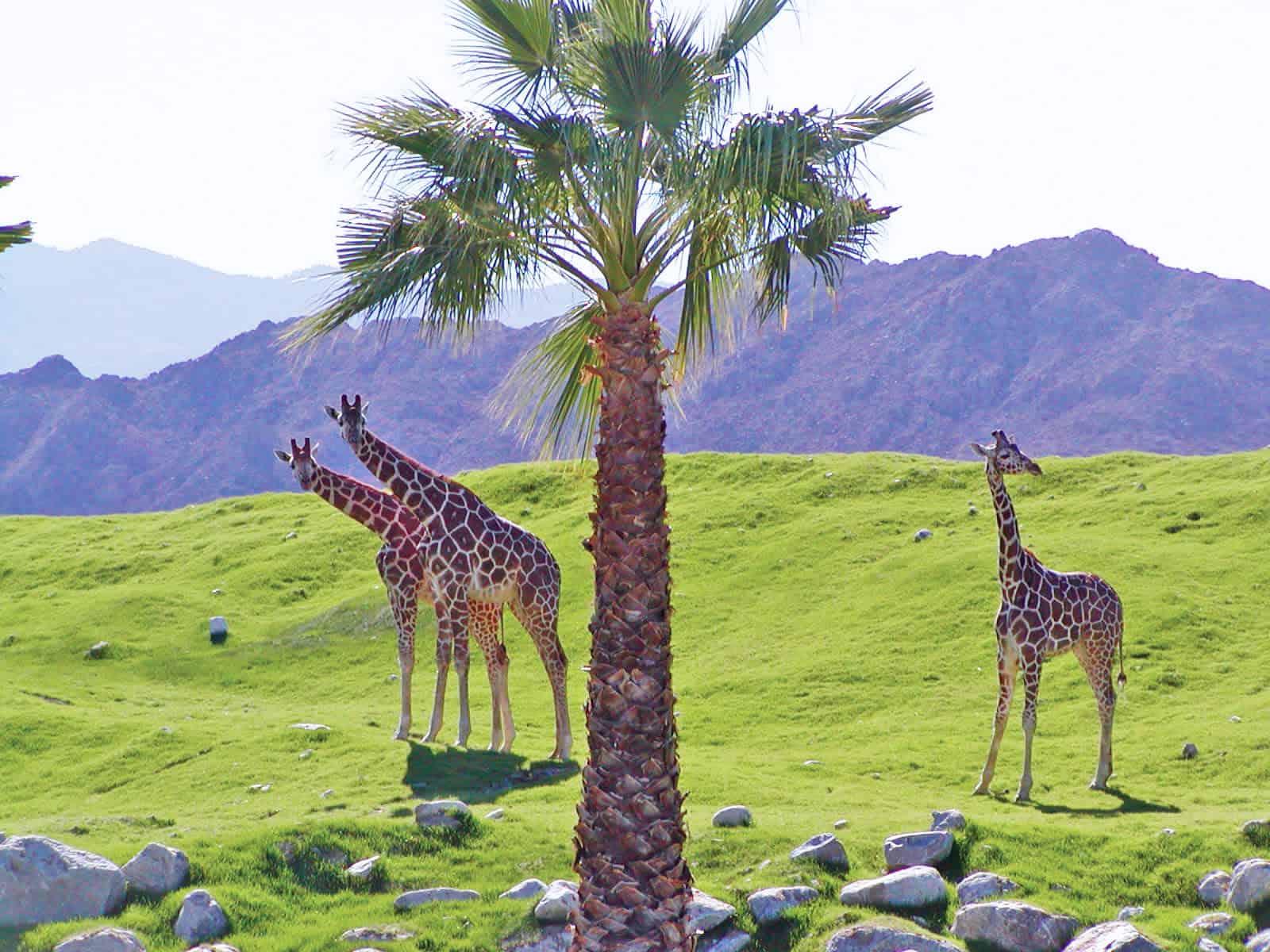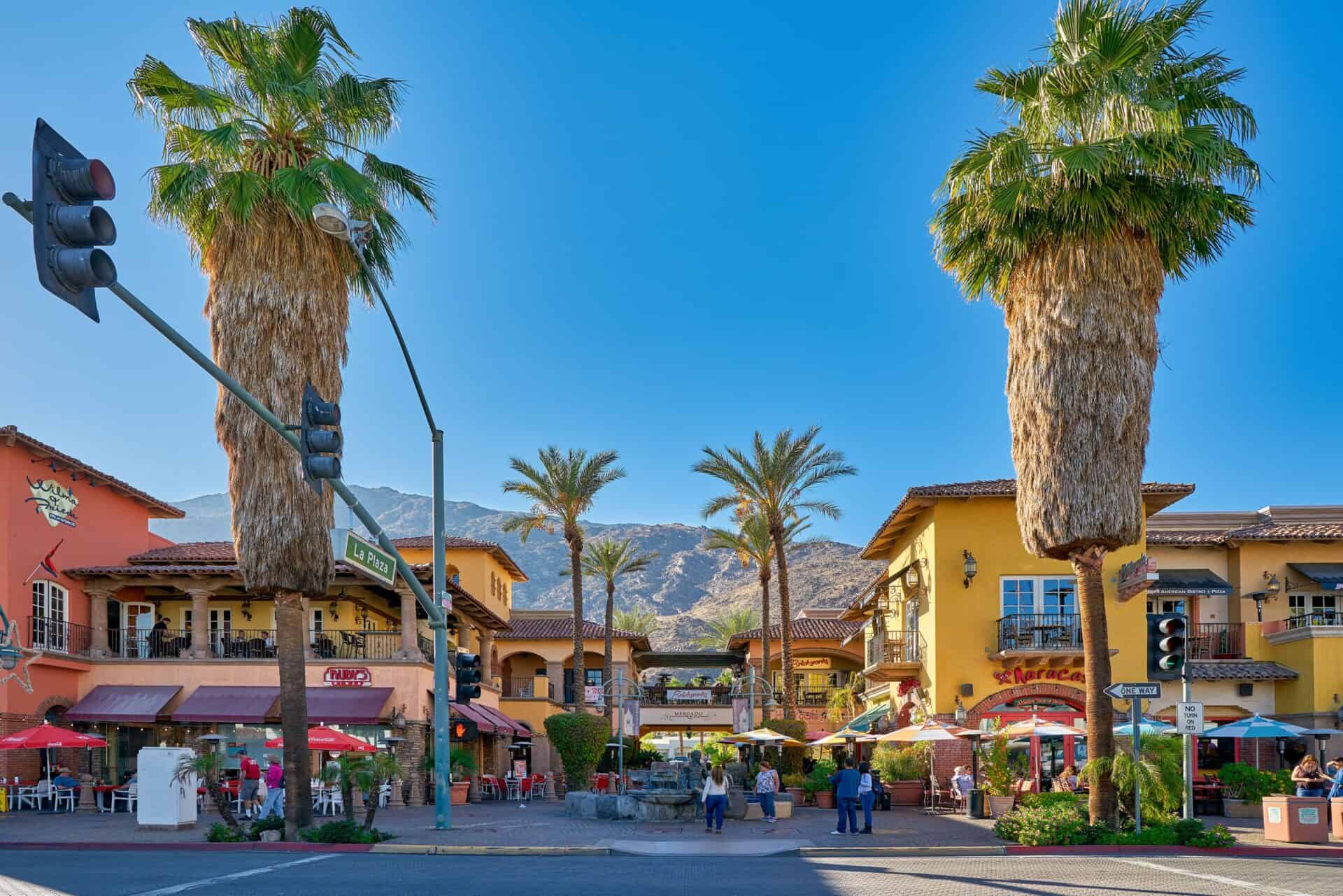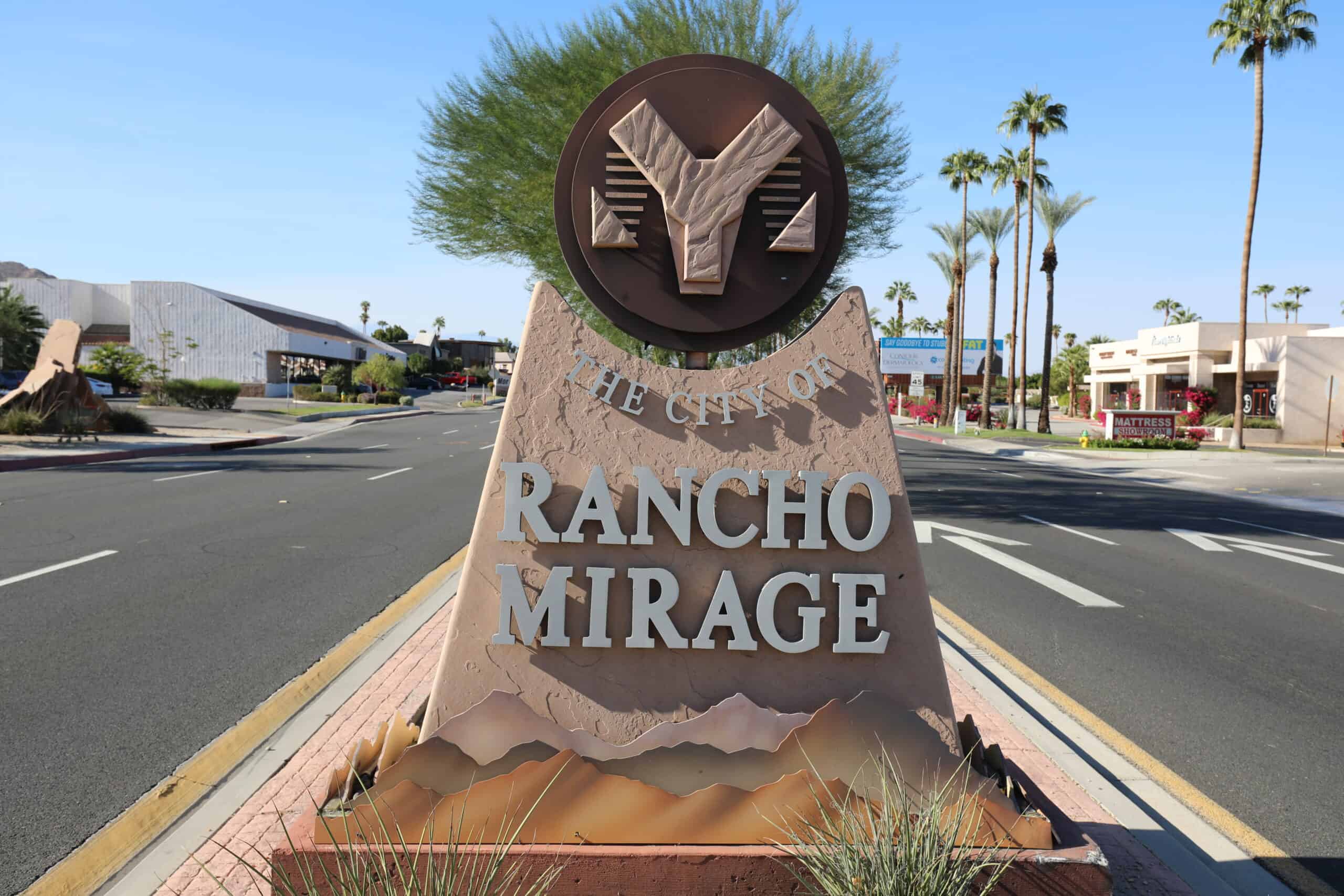COACHELLA, CALIFORNIA
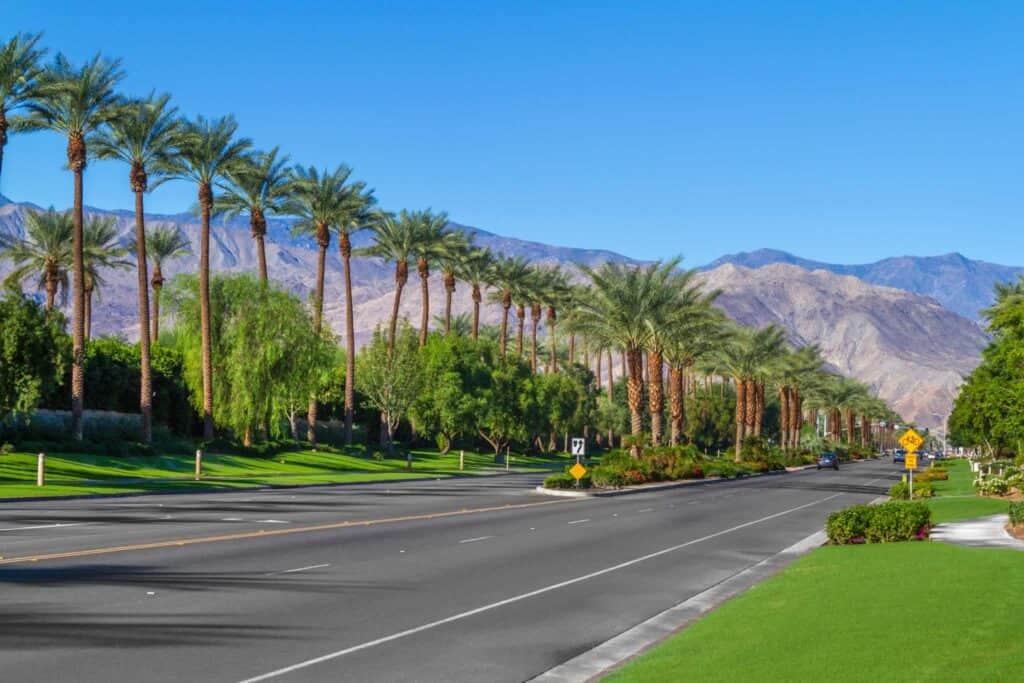
Coachella, California, CA Real Estate
You found the right website if you are searching for homes for sale in Coachella, California, CA. Our website has EVERY Coachella, California home for sale in California listed with California Desert Association of Realtors.
Coachella (/ˌkoʊəˈtʃɛlə/ KOH-ə-CHEL-ə, /koʊˈtʃɛlə/ koh-CHEL-ə) is a city in Riverside County, California; it is the easternmost city and namesake of the Coachella Valley, in Southern California’s Colorado Desert.
Coachella is one of California’s fastest-growing cities; when it incorporated in 1946, it had 1,000 residents, but at the 2010 census the population had grown to 40,704. The city is officially bilingual in English and Spanish, though 90% of residents speak Spanish.
The city was founded as Woodspur in 1876, when the Southern Pacific Railroad built a rail siding on the site. In the 1880s the indigenous Cahuilla tribe sold their land plots to the railroads for new lands east of the current town site, and in the 1890s, a few hundred traqueros took up settlement along the tracks. In 1901, the citizens of Woodspur voted on a new name for their community and at a town hall meeting, the homeowners settled on “Coachella”.
The origin of the name Coachella is unclear. Some locals believe it was a misspelling of Conchilla, a Spanish word for the small white snail shells found in the valley’s sandy soil, vestiges of a lake that dried up over 3,000 years ago.
Coachella began as a 2.5-square-mile (6.5 km2) territory gridded out on the mesquite-covered desert floor. Not until the 1950s did Coachella begin to expand into its present range, about 32 square miles (83 km2), an area which contained large year-round agricultural corporate farms and fruit groves, particularly of citrus (lemons, oranges, grapefruit) and date palms.
Coachella became a city in 1946. During the incorporation voting process, the first city council was tentatively elected: Lester C. Cox, T. E. Reyes, John W. Westerfield, Lester True, and Paul S. Atkinson. Also elected on November 26, 1946, were City Clerk Marie L. Johnson and City Treasurer John C. Skene. John Westerfield was appointed mayor at the first meeting.
By the 1980 census, Coachella’s population had reached at least 10,000 due to relatively slow population growth. Due to a high percentage of Hispanics in the city, Coachella was a scene of Chicano political activism including protests and visits by United Farm Workers leader César Chávez in the 1960s and 1970s. In 2018, Harrison Street (the main street in town) was renamed for him.
Coachella is served by the Coachella Valley Unified School District, based in Thermal, California. Its main high school is Coachella Valley High School (with 2900 students) followed by a new high school, Desert Mirage High School, about 5 miles to the south; its three middle schools are Cahuilla Desert Academy, Toro Canyon, and Bobby Duke. Elementary schools include Cesar Chavez, Coral Mountain Academy, Palm View, Peter Pendleton, Valle Del Sol, Valley View, Westside and in nearby Thermal, John Kelley.
The Coachella Valley Adult School, in operation since 1952, is the third-largest adult school in Riverside County. It offers seven levels of English as a Second Language (ESL), and has offered citizenship classes for over 20 years. In the last ten years, over 1,500 people completed citizenship classes at the school and submitted N-400 forms.
The film director Frank Capra is interred in the Coachella Valley Cemetery. The agricultural area surrounding Coachella was where the United Farm Workers union staged strikes and protests, including visits by UFW leader César Chávez.
Downtown Coachella is under renovation as the area experiences an economic boom which has brought increasing numbers of people in the city – Pueblo Viejo (the old neighborhood) as locals of Hispanic origin sometimes call it. Despite its image for Mexican immigration, a large percentage are US citizens, born and raised in Coachella. A multi-generational Mexican American subculture has taken root in the town.
Much of its population consists of younger Latino families (an estimated 90 percent of Hispanic origin) and, in the outlying areas, migrant farm workers. The city is officially bilingual in the English and Spanish languages, although city council meetings are nominally spoken and performed in English. Historically, Coachella was predominantly Mexican/Latino (including Central America) and/or Native American, but had other ethnic groups like Arabs, Armenians, Filipinos, Italians, Japanese and recent immigrants from Southeast Asia and the former Yugoslavia.
Three popular fiestas are celebrated each year in town: Cinco de Mayo (May 5), the 16 de Septiembre Fiestas Patrias (Mexico’s Independence from Spain) and the 12 de Diciembre (the patron saint of Mexico, Santa Maria de Guadalupe) to celebrate the Virgin Mary.
Near the city limits of Coachella are three casinos on Indian reservations: Fantasy Springs Resort and Casino, Spotlight 29 Casino, and Augustine Casino, which are owned and operated by Native American tribes – the Cabazon Band of Mission Indians, Twentynine Palms Band of Mission Indians, and Augustine Band of Cahuilla Indians, respectively. These small but highly profitable tribes have representative councils to ensure self-reliance as a community. Coachella is also home to a significant Southwest Indian (Apache, Hopi, Navajo and Zuni) population, though not indigenous to the California desert region.
In 2001 Huell Howser Productions, in association with KCET/Los Angeles, featured Coachella in California’s Gold; the program is available as a VHS videorecording.
- Coachella Valley Music and Arts Festival
- Coachella Valley Radio Control Club
- Shady Lane Mural
The Riverside County Sheriff’s Department now serves the city from the nearby Thermal Regional Station. (The original Coachella Police Department was disbanded in 1998).
The city of Coachella contracts for fire and paramedic services with the Riverside County Fire Department through a cooperative agreement with CAL FIRE.
Coachella, California Schools

BUYING A PALM DESERT, CALIFORNIA HOME
If you are a Palm Desert, California, CA home buyer, our foremost goal is to provide you with exceptional customer service. Our goals are to help you purchase the right home, make sure you don’t miss out on any homes that meet your needs, and make sure you don’t pay too much for your next home. Please utilize our Palm Desert, California, California real estate expertise to make your home search and buying experience as stress free and rewarding for you and your family as possible.
SELLING YOUR PALM DESERT, CALIFORNIA HOME
If you’re considering selling your Palm Desert, California, California home, we utilize the latest, cutting-edge, real estate marketing tools to expose your property to the widest range of potential buyers. We are here to get your house aggressively marketed to sell as quickly as possible and for the best price! Our goals are to help you get your Palm Desert, California, CA home sold, put you in the strongest negotiating position as possible, and to make it easier for you and reduce surprises.



